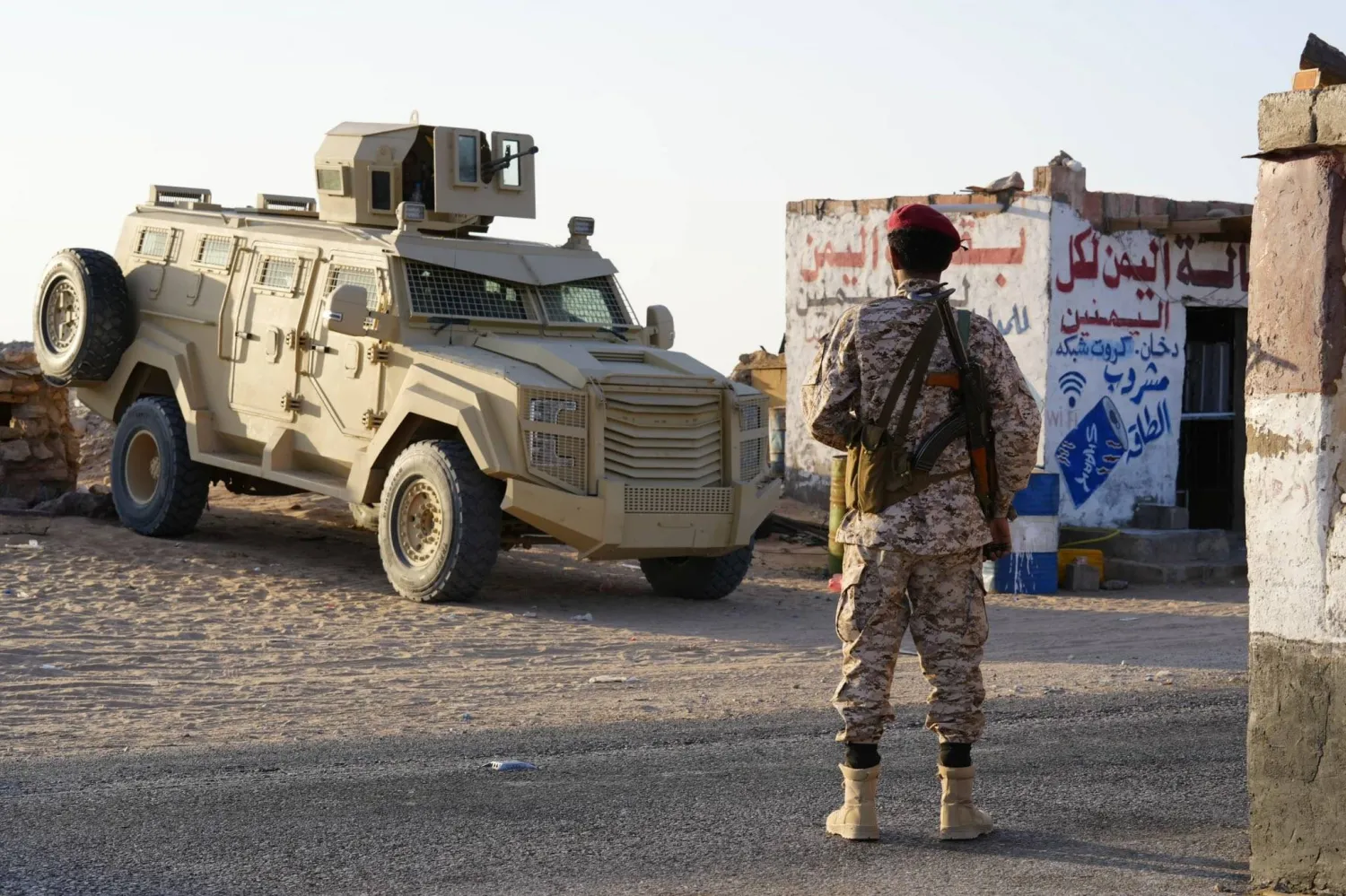Rival Libyan military officers have agreed on a road map for implementing a ceasefire deal reached last month, UN acting envoy to Libya Stephanie Williams said Tuesday.
The announcement came after a meeting of a joint military commission to discuss the implementation of the deal opened Monday on home soil for the first time.
The sides agreed to "establish a military subcommittee to oversee the withdrawal of military forces to their respective bases and the departure of foreign forces from the front lines," Williams said.
The commission also decided to "meet in Sirte as soon as possible" and make the central coastal city its headquarters, Williams added.
Talks are taking place in the remote desert oasis of Ghadames, some 465 kilometers (290 miles) southwest of the capital Tripoli and near Libya's borders with both Algeria and Tunisia -- far from the power bases of either side.
Williams said that a meeting on reunifying the Petroleum Facilities Guards (PFG) would be held on November 16 at the Brega terminal, while air links would be restored "immediately" with Ghadames and with Sebha in the south.
The commission also urged the UN Security Council to "quickly adopt a binding resolution to implement the Geneva ceasefire agreement", Williams added.
The talks coincided with a meeting in Morocco between representatives of the east-based parliament and High Council of State ahead of the Libyan Dialogue Forum scheduled for Tunisia on November 9.
Meanwhile, the United States’ embassy in Libya welcomed the “courageous efforts of Libyan participants in the Joint Military Commission (JMC) consultations in Ghadames to implement the October 23 ceasefire agreement, realize Libyan aspirations to de-escalate the conflict and begin to take concrete steps toward the ultimate departure of foreign forces and mercenaries.”
“This important trajectory will continue when a broad and representative group of Libyans gathers in Tunis beginning on November 9 for the UN-facilitated Libyan Political Dialogue Forum (LPDF), which aims to finalize a roadmap to national elections through which all Libyans would exercise their sovereign and inalienable right to choose their future through democratic means,” it said in a statement.
“The Embassy is encouraged that the overwhelming majority of Libyans are working in good faith to seize these historic opportunities for Libya to restore its sovereignty and achieve a brighter future,” it continued.
“Regrettably, however, a small group of Libyans, in concert with certain external actors, is instead seeking to undermine the UN-facilitated dialogue, plunder Libya’s wealth, and prioritize personal ambitions over the well-being of the nation,” it stated.
“The Embassy stands with those Libyans who reject violence, oppose foreign manipulation, and come together in peaceful and patriotic dialogue. We remind those who would stand in the way of progress that they remain at risk of sanctions.”









